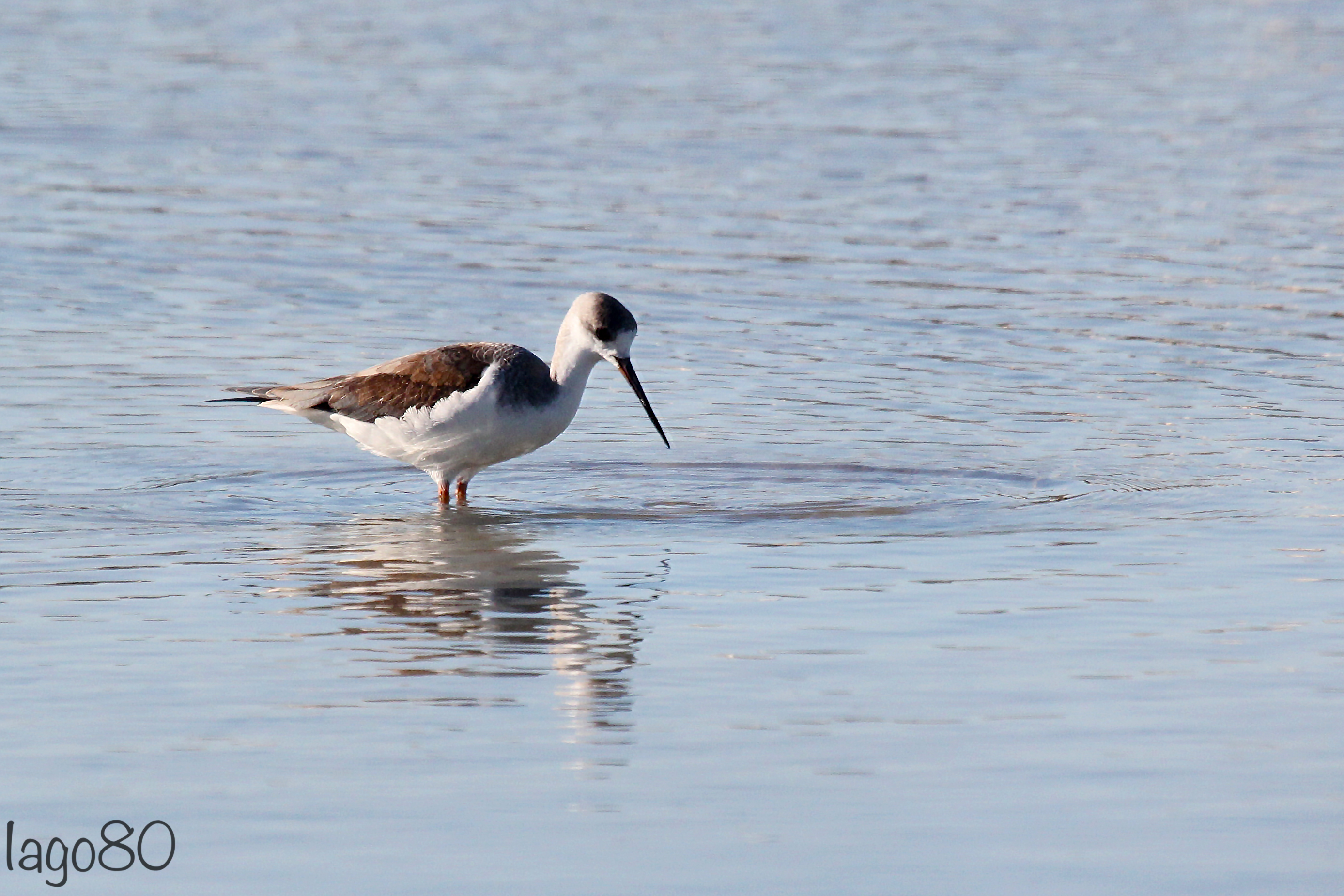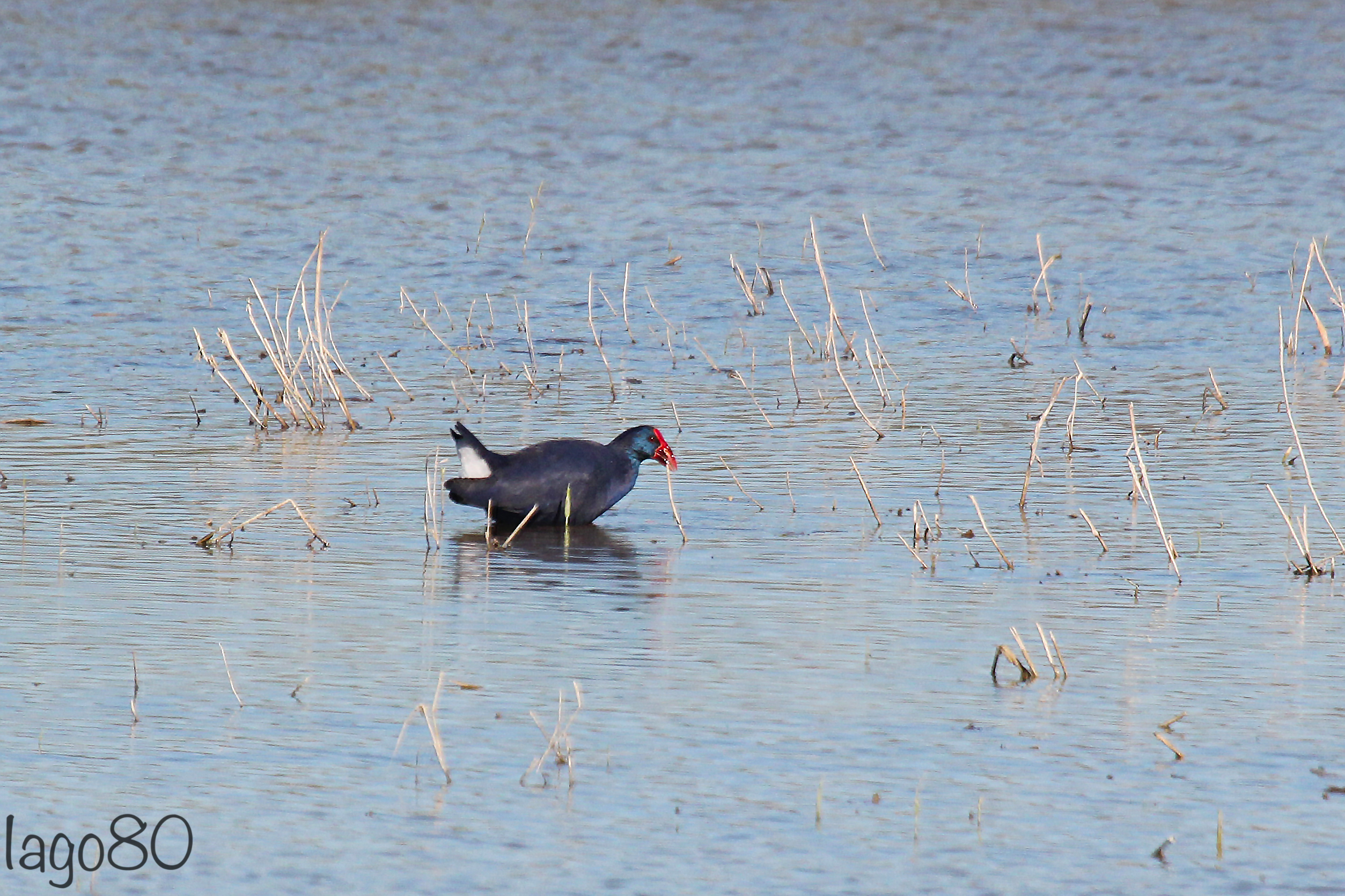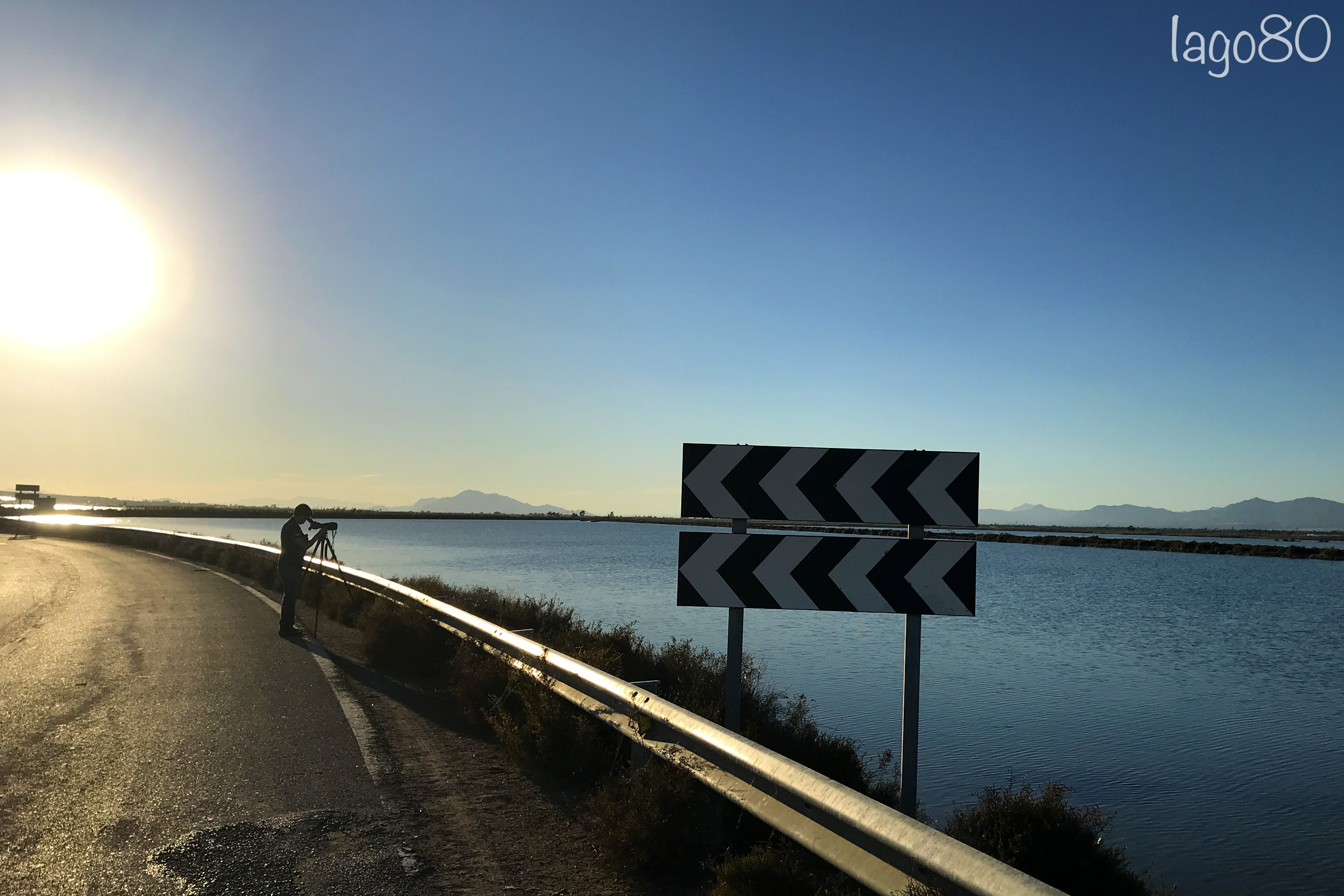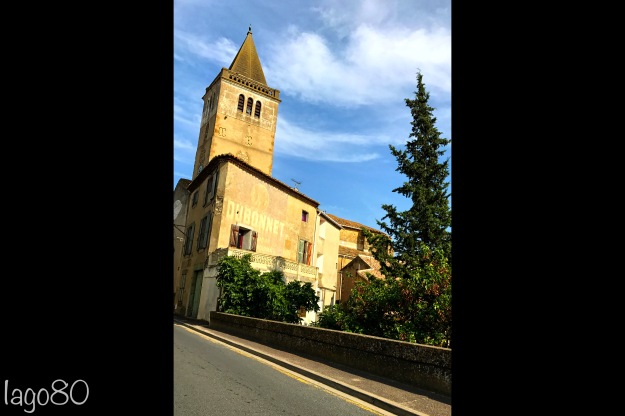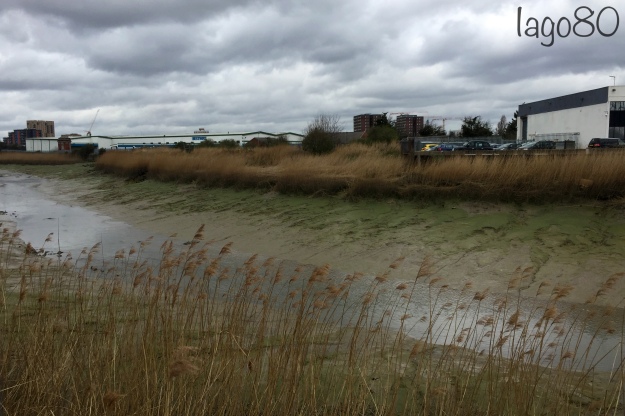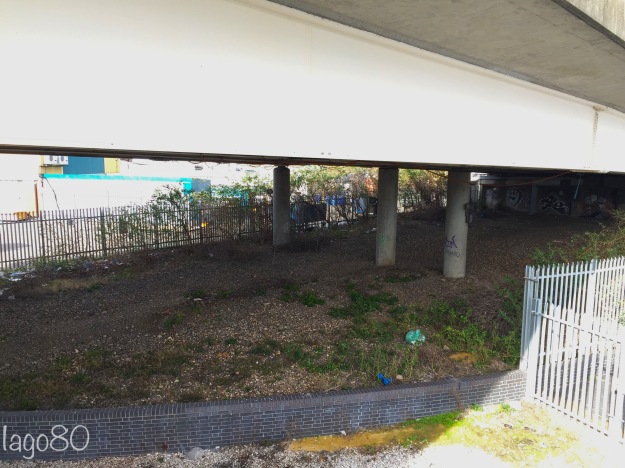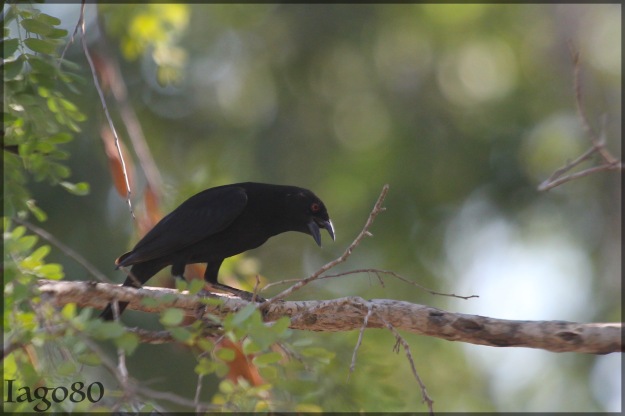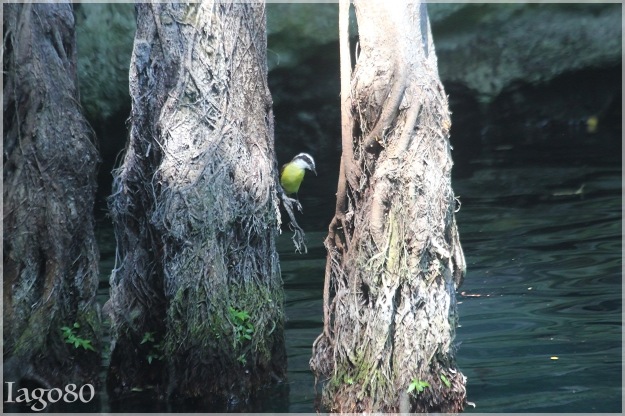I am an explorer at heart. Disappearing off alone and finding new places is a joy. Sometimes it is more than a joy; it is a necessity.
So when I read about a place only a short walk from the furthest edge of the Patch called “Webster’s Land”, my interest was piqued. My fellow Wren Group member and wildlife surveyor extraordinaire, Paul Ferris, mentions this place on his website.
I walked down the path between the River Roding and the City of London Cemetery, eventually losing the Roding to the Ilford golf course and picking up its tiny tributary, the Alders Brook instead.

The Alders Brook
I left what I consider* to be the end of the Patch by walking through a concrete and brick tunnel underneath the railway track (between Manor Park and Ilford stations). I won’t pretend there wasn’t a little trepidation as I read the writing on the wall.

Apocalypse now? Or light at the end of the tunnel
If the other side of the tunnel looks pleasant, that is because it is the Patch. I turned around to take that photograph for effect, but the Ilford side of the tunnel is somewhat less welcoming… Although the blue-painted concrete walls did match the sky that day.

The concrete continued. After crossing a road or two I wandered through the streets of various housing estates with some bright colour schemes – presumably added to soften the brutalism of bare brick and concrete.


I know many disagree with me but I personally find something aesthetically satisfying about the municipal and social architecture of the 50s-70s. Although even I wondered whether more inviting street names could have been found than ‘Warrior Square’? The military theme continued when I found ‘Jack Cornwell Road’.
Digression alert: As any military historian would tell you, Jack Cornwell – a local boy from Leyton – was only 16 years old when he fought in the horrific sea battle of Jutland in World War One. His ship, HMS Chester, came under enormous fire and the entire crew that manned his gun were killed except him. He was found manning the huge gun alone, badly (in fact mortally) wounded, surrounded by the bodies of his fellow crewmen, exposed to further fire but refusing to leave his post and just “quietly awaiting orders” as the citation reads. He died of his wounds and was posthumously awarded the Victoria Cross for his astonishing bravery. He is buried locally and – so I discovered – also had a street named after him. Here ends digression.
Eventually I found the long, narrow strip of grassland that Paul Ferris had written about: Webster’s Land. I had Paul’s photo in my mind (inset in the photo below) which was a mistake. Paul had visited at summer when the grass had been allowed to grow into a pleasant meadow. The bare trees and mown grass was not quite so appealing when I arrived on a cold winter’s day:

Webster’s Land looking down towards Ilford Little Park
I don’t quite know what I expected to find there, but whatever it was, I didn’t find it. I turned around and left.
As I walked back to the Patch, I reflected on what I had seen and what I had been expecting. With the exception of a few local dog walkers and joggers, very few people visit Webster’s Land. Very little is known or written about it. Although Paul explains that it was left to the people of Manor Park by another military figure, a Lt. Colonel Webster. This thin strip of land is sandwiched between a housing estate and the North Circular road. A line of cherry trees hides the busy road. A buffer of common land.
I thought more about this buffer as I walked along an even narrower strip of common ground fenced in between the cemetery and railway line.

It is a long walk. A necessary evil for those of us needing to connect up two parts of the Patch and can be a destination for few other than drunks and junkies (in case you detect a sneering tone of condescension, I assure you that actually I am grateful for such places and offer no judgement whatsoever on those of us who feel we need to escape ‘civilisation’ or just ‘life’ in body and mind).
At the end of the narrow path, we arrive at another buffer zone. Another no-man’s land in an overpopulated city. A large, bleak place with little human purpose. Not as wild or natural as the Flats, not neat enough to be a ‘park’. A place so insignificant it doesn’t even have a name, although some might consider it to be a continuation of the Flats with just another bi-secting road. We call it the Forbidden Triangle as it seems to offer little prospect of interesting birds. [Edit: The person who initially set out the delineation of the Patch has informed me that it is actually called the Forbidden Triangle, because we can’t count any birds we might see there for the Patch – luckily there seems to be very little there.]
All of the places mentioned in this post could do with being allowed to get a little wilder in my mind, but frankly, I am just glad that these spaces exist at all. If you want to read more about such places, or their slightly wilder counterparts, I can highly recommend Rob Cowen’s excellent book, Common Ground.

The ‘Forbidden Triangle’

1: ‘Forbidden Triangle’ 2: the ‘long narrow walk’ 3: Webster’s Land












